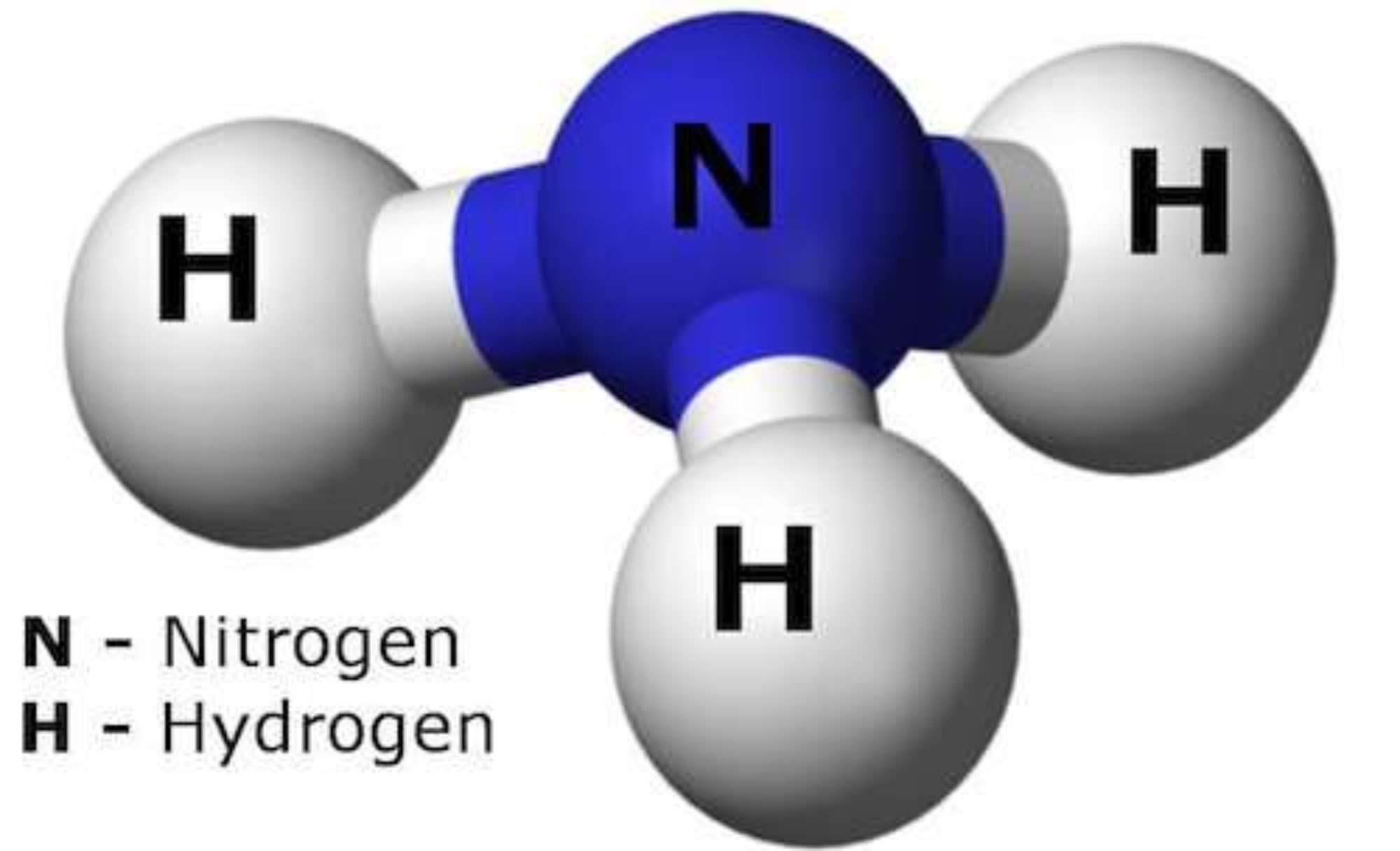Are EV batteries recyclable?
Also: How many types of electric vehicle batteries are there? How do they work?

Kajal Mangesh Pawar · CBC News · Posted: May 28, 2022 4:00 AM ET | Last Updated: 5 hours ago

454 comments
We’re answering your questions about electric vehicles and climate change. Send yours to ask@cbc.ca. We are listening.
More electric vehicles (EVs) are on roads than ever before as many Canadians start to move away from internal combustion vehicles to reduce the carbon emissions that contribute to climate change. But what about the environmental impact of the batteries used to run this electric transportation?
Many of you sent in questions after reading this article about EV charging stations. Ask CBC News followed up and got the answers you were looking for.
How many types of batteries are there and how do they work?
As the market for EVs expands and consumers have more choice when it comes to makes and models, it’s important to understand the different types of batteries and what goes into them.
According to the U.S. Department of Energy, there are four main types of energy storage systems used in EVs:
- Lithium-ion batteries: These are used in devices like cellphones and laptops. They are widely preferred in the EV industry because of their high efficiency, good performance at high temperatures, low self-discharge (a chemical reaction that causes loss of charge) and the fact that most of their components can be recycled.
- Nickel-metal hydride batteries: You can find these in many hybrids on the market, though in most plug-in EVs, these have been superseded by lithium-ion batteries. The main challenges with nickel-metal hydride batteries are their high cost, high self-discharge and low performance at higher temperatures. However, they are generally considered safer than li-ion batteries, due to the lack of liquid electrolyte that can spill during accidents.
- Lead-acid batteries: They are the cheapest and the oldest kind of batteries. Charging and operation of them typically results in the emission of hydrogen, oxygen and sulfur. They were used to power early versions of EVs in the 1970s.
- Ultracapacitors: Useful in providing additional power for acceleration and hill climbing, these can be used as a secondary energy storage in EVs because they can both rapidly store and release energy — while keeping the main batteries from overheating.

In recent years, there has been a lot of focus on other types of batteries. For example, Tesla last year made the lithium-iron-phosphate (LFP) battery their choice for standard range vehicles.
“From a chemical standpoint and a lifecycle standpoint, they can last four to five times longer than a lithium-ion battery, and they’re deemed to be safer as well,” said Josipa Petrunic, president and CEO of the Canadian Urban Transit Research and Innovation Consortium.
Tesla researchers have also been working with Dalhousie University in Halifax to develop a nickel-based battery that would be more durable than a LFP battery and could last 100 years or more in optimal conditions.
How long can you expect an EV battery to last?
This depends on which batteries are being used and how you take care of them. Based on the current EV market, battery packs should come with an eight-year warranty. However, Steve LeVine, editor of the Electric, a publication that focuses on electric vehicles and lithium-ion batteries, says they actually last much longer.
When an EV battery pack degrades to around 75 per cent of its original capacity, it is considered to be at the end-of-life stage.
“Car manufacturers are expecting the battery will degrade, and it starts to degrade on Day 1. But they want consumers to have that 75 to 80 per cent of that capacity after about five to seven years,” Petrunic said.WATCH | What can you do with used EV batteries?

What can you do with used EV batteries?
22 hours agoDuration0:53Jonn Axsen, director of Simon Fraser University’s Sustainable Transportation Action Research Team, explains how EV batteries could be repurposed.
To maintain the battery health, it is recommended that you not charge your EV past 80 per cent, nor should you let your EV fully discharge, to zero per cent, according to Green Cars, an EV advocacy group based in the U.S.
“That is something that does take a little bit of getting used to,” Petrunic said.
If you keep your battery charged in the optimal range, you can extend the life of the battery by at least 50 per cent, she said.
How are used batteries disposed of? Can they be recycled?
While all the components of the batteries are recyclable, the bigger challenge is the recycling industry for these products is not that well developed, said Petrunic.
EVs are still new to the automotive industry — so only a small number of them have useful ends to their lives.
“The metals are recyclable, but they’re not valuable … like iron and phosphate,” LeVine said. “Lithium is valuable.”
Policy decisions by the governments are needed to incentivize the recycling of iron and phosphate gear, he said.WATCH | Are EV batteries recyclable?

Are EV batteries recyclable?
22 hours agoDuration3:11The battery parts for electric vehicles are recyclable, but the recycling industry is not ready to handle it, said Josipa Petrunic, president and CEO of the Canadian Urban Transit Research and Innovation Consortium.
Lithium-ion and nickel-metal hydride batteries can be recycled through smelting.
The intensive and potentially dangerous process recovers valuable metals and salts, which are refined and made suitable for use. When done correctly, lithium, for example, can be used as an additive in concrete.
“Work is now underway to develop battery-recycling processes that minimize the life-cycle impacts of using lithium-ion and other kinds of batteries in vehicles,” according to the U.S. Department of Energy.
Recycling can be expensive, according to Green Cars, so repurposing may be more cost-effective.
Many automakers are exploring different ways of repurposing used EV batteries. In Japan, Nissan is putting old ones to use by powering streetlights.
“If your battery, you know, you’re no longer using it for your Tesla … it still is a battery cell that could store [energy],” said Jonn Axsen, director of the Sustainable Transportation Action Research Team at Simon Fraser University in Burnaby, B.C.

Axsen suggested, for example, old EV batteries could be used to store power generated from solar panels on your house.
But Petrunic stressed that a challenge with repurposing EV batteries is they are not manufactured for that purpose.
“You’d actually have to pump in quite a lot of money to remanufacture the old batteries so that it can serve that stationary purpose,” she said.
Where do the raw materials for the batteries come from?
According to the U.S. National Institute for Health (NIH), the main materials used to create EV batteries are graphite, cobalt, lithium, manganese and nickel.
However, procuring these key minerals is not an easy task because they come from various mines around the world.
China has been the largest extractor and processor of graphite — the most common mineral used in EV batteries. According to S&P Global Commodity Insights, China controls nearly 79 per cent of global production, although other countries are launching graphite-mining projects to relieve demand.
“There is the possibility that some of those minerals could be found in Canada and certainly in northern Ontario; that mining capacity isn’t particularly well developed,” said Petrunic.
For lithium, the production market is relatively small, according to the NIH. The extraction of lithium has been dominated by Australia, although Bolivia, Argentina and Chile are considered the “lithium triangle,” as they are said to have the biggest reserves, according to Natural Resources Canada.
The largest producer of cobalt — one of the most expensive materials needed — is the Democratic Republic of Congo. However, the earth’s supply of cobalt may not be able to meet the demand moving forward, which is why some companies are investing in the development of cobalt-free batteries.
Nickel mining and production in the global markets is highly dominated by Southeast Asia, mainly Indonesia, according to the NIH. They also state that nickel use in EV batteries only consists of five per cent of the global market, but is expected to increase to 15 per cent over the next five years.
From the mining of raw materials to manufacturing to recycling, are EVs really sustainable?
While all EVs running solely on electricity will have zero tailpipe emissions, emissions may be produced where the electricity is generated.
According to a report from the International Council for Clean Transportation (ICCT), EVs by far have the “lowest life-cycle greenhouse gas emissions.”
In comparing the emissions during manufacturing, another ICCT report found that EV manufacturing requires more energy and produces more emissions than manufacturing a conventional car, because of the metal extraction processes required for batteries.WATCH | Are EVs helping Canada reach a zero-emissions future?

Are EVs helping Canada reach a zero emissions future?
22 hours agoDuration2:14In order for Canada to reach its zero emissions goal, the focus needs to shift to how we can reduce the overall number of cars on the road, says Josipa Petrunic, president and CEO of the Canadian Urban Transit Research and Innovation Consortium.
When it comes to mining the resources needed for EV batteries, some experts question the consequences of unregulated mining in developing countries. Specifically, concerns over worker safety and exploitation have been raised in the past few years.
“You see these pictures of very negative impacts from mining,” said Axsen.
He believes that lack of regulation and oversight could harm people and ecosystems.
“As part of this big transition that we need for climate change to go toward zero-emission vehicles and batteries, we need to make sure that we are regulating the processes by which we are extracting these materials,” Axsen said.
Petrunic adds that it’s also important to use these vehicles until they reach the end of their life cycle.
“If people are buying high-end automobiles and their leases are three years long, and they’re swapping out at three years, I am not convinced that you will necessarily get to a net-zero future,” she said.
You can see how the greenhouse gas emissions of any particular car model measure up against current climate targets using this interactive online tool from the Massachusetts Institute of Technology.
ABOUT THE AUTHOR

Ask CBC News
Kajal is based in Toronto and works with the CBC News social media and Ask CBC News teams. She is originally from Mumbai, India and has studied journalism at Humber college.
With files from Nick Parker, Tyler Bloomfield and Alisha ParchmentCBC’s Journalistic Standards and Practices|About CBC NewsReport Typo or Error|Corrections and Clarifications
